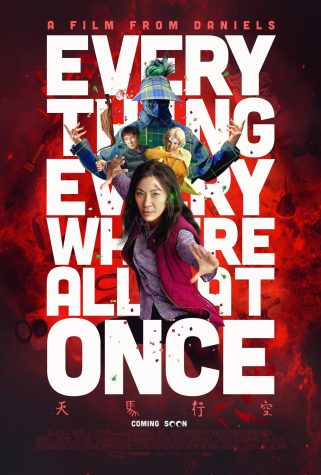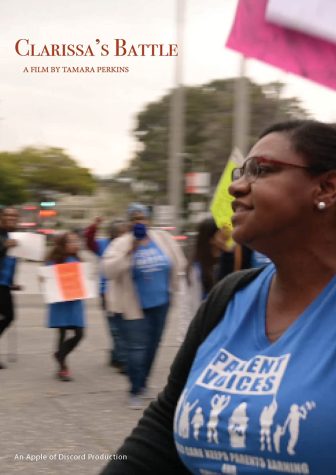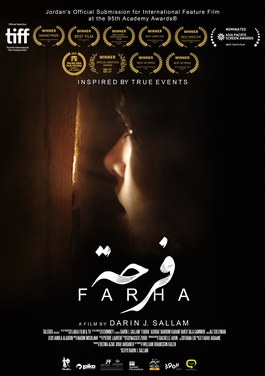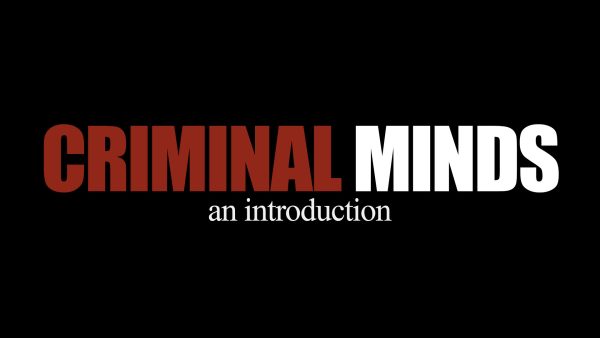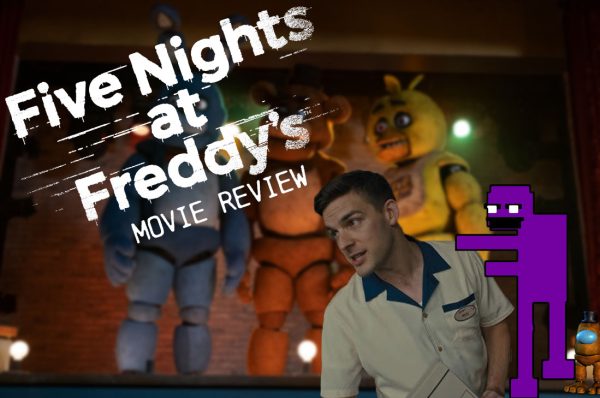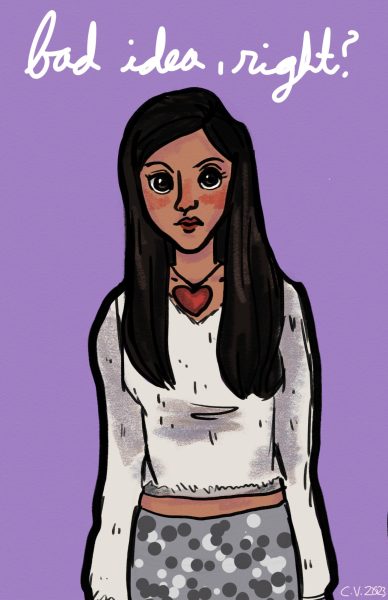‘Mockingjay’ flies to box office
The onscreen installments of the Suzanne Collins’ “Hunger Games” trilogy have certainly had a huge run this year. At the beginning of the first installment, the games -which featured children from 12 different districts “sacrificing” themselves to represent their district pride and to sustain order and peace within the Capitol- were a lot to handle, but the series grew from that set-up to become something much more valuable. The film franchise presented much more; a strong story about standing up against oppression.
After the first three installments, the fourth and final one entitled “The Hunger Games: Mockingjay Part 2″ finally came to threaters. Collins’ final book in the trilogy was stretched into two separate films meaning that “Part 1” featured a lengthy build-up to this final chapter (and we definitely got that lengthy feel in “Part 1”). The first part showed what was really at stake in the revolution while “Part 2” shows the actual war itself, or as rebel combatant Finnick Odair says, the “76th Annual Hunger Games,” allowing Katniss, the heroine who risked her life to save her sisters’, the chance to finally face off against her nation’s brutal political leaders and most importantly, to take down the leader of Panem, President Snow.
The rebellion act began after the first hunger games, in the second movie in the series, “Catching Fire,” where Snow had all previous victors fight to their death in the “Quarter Quell.” This was probably the most favored installment of the entire series. Catching Fire kept people guessing for more, where even “Mockingjay” seemed to be a little bit more predictable at points.
Part 1 starts off with the capitol destroying all the districts, including Katniss’ district 12. This is where the “Mockingjay” becomes a leader in the rebellion- and a voice to all the other districts to stand up against the capitol. The symbolism here is one you typically don’t see in any series, especially since the “Mockingjay” was played by a woman. What people liked most about this role is that it really did set off a good example. People in the districts were afraid to stand up against the capitol and it only took one person, Katniss, to fight for the rights of her country (Panem).
“Part 2” evidently picks up where the last movie left off, with Katniss and the rest of the rebel forces closing in on the government and Panem’s leader, President Snow.
In this final chapter, Katniss is now forced to deal with a very unstable and brainwashed Peeta. One of the hardest/best parts about this is that it really keeps you guessing whether or not Katniss is deciding to kill Peeta or if she is still trying to protect him and hold on to the feelings she has always had for him. This represents the same type of corruption that you would see in the Cold War because they would brainwash their loved ones. Just like Peeta, he was brainwashed and corrupted by Snow. He has to fight with himself to differentiate which is reality and which is a lie.
However quite a few challenges get in the way of the Mockingjay and her plan to defeat the capitol. This really made everything more intense for the audience. Especially the big plot twist where Snow decides to create his own “arena” in the capitol and typically, make sport of the deaths of the rebels who attempt to take them down.
With the audience really hyped up and afraid of what might happen next- the games really started to begin once Katniss and her unit moved underground.
The intensity throughout all these scenes were even bigger, with Snow plotting different “Pods” (land mines/traps) leaving the audience on the edge of their seats.
Katniss tries to reach out to some of the loyalists in the districts, and other rebels that are fighting with eachother- in hopes to create an alliance with her and all the other districts. This was probably one of the most inspiring parts of not only Lawrence’s role but the movie. Whenever she would make a speech to the rebels or other districts, you really felt that raw sense of emotion. What made this material feel so personal was most importantly the chemistry of Katniss and Jennifer Lawrence, who had become the perfect fit. She inhabited the role effortlessly and like all great actresses, she seemed to be playing another version of her real self. It was that kind of rawness that really gave the audience a jolt.
Her desire and leadership is undemanding. Whether it was shooting down aircraft or fighting enemies, the lovey- dovey scenes with Peeta or Gale, or taking a punch. Unlike a lot of heroines, she has never settled into stereotype, which, despite the whole anti-utopian thing, makes her much more tangible to the audience, especially to younger viewers.
Another thing the audience really had appreciated from “Part 2” is while it still looked much like the anti utopia future world, it was one that was similar enough to look like ours but different enough to be diverting. You saw the real-life looking active war zones in the capitol, although it also looked way too futuristic to be something we could relate to.
What makes this particular installment different from the rest is that it has more action sequences based on literal warfare. Unlike the others where the fighting was contained in the arena, there is destruction throughout all the districts, one through twelve. Although it didn’t show much actual fighting between the rebels throughout the districts, Katniss and her group show propaganda in the Capitol to encourage a surrender. Similar to a civil war all the rebels were turning against each other and fighting there own neighbors/they even went against their only for hope the “Mockingjay.”
Part 2 definitely had scenes that shocked viewers, with things like child violence and other plot twists that came along with much of the movie. Although readers might complain because compared to the novels, they felt that some scenes felt a bit rushed. The movie probably could not stand alone if it were just a movie- not a literary series.
Not just readers, but viewers might complain about the way it was filmed. Some of the takes that were meant to be suspenseful ended up dragging on too long. The transitions from scene-to-scene did not flow as well as the audience would’ve hoped. However, you still saw a lot of good directing with really good action shots and visual effects.
Despite the directing, “The Hunger Games” has succeeded mainly because it has many different meanings behind it. It’s a story that encompasses war and peace, love, and lands on the shoulders of a girl who fights for her family, friends and the future of Panem. It’s inspirational, personal, both familiar and strange, and often times, unnervingly speaks to the past and the present.
The success of “The Hunger Games” series has been in its unique and underlying fashion. It speaks to the movie industry that still continues to treat women onscreen as an afterthought. It reveals the historical depths of today’s real world problems and the stigma of female characters who play a strong female lead. Katniss was a provider for her family, fighting against her star-crossed lover and being betrayed by comrades in arms. The movie and the series draw people in because of the recurring themes represented throughout the films and for the well thought-out story line. The action, the raw acting, the plot and story and most importantly the chemistry between the different characters is much worth watching this very successful series.
Update: image and movie trailer added to the article. 2:56 a.m. 12/4/2015



